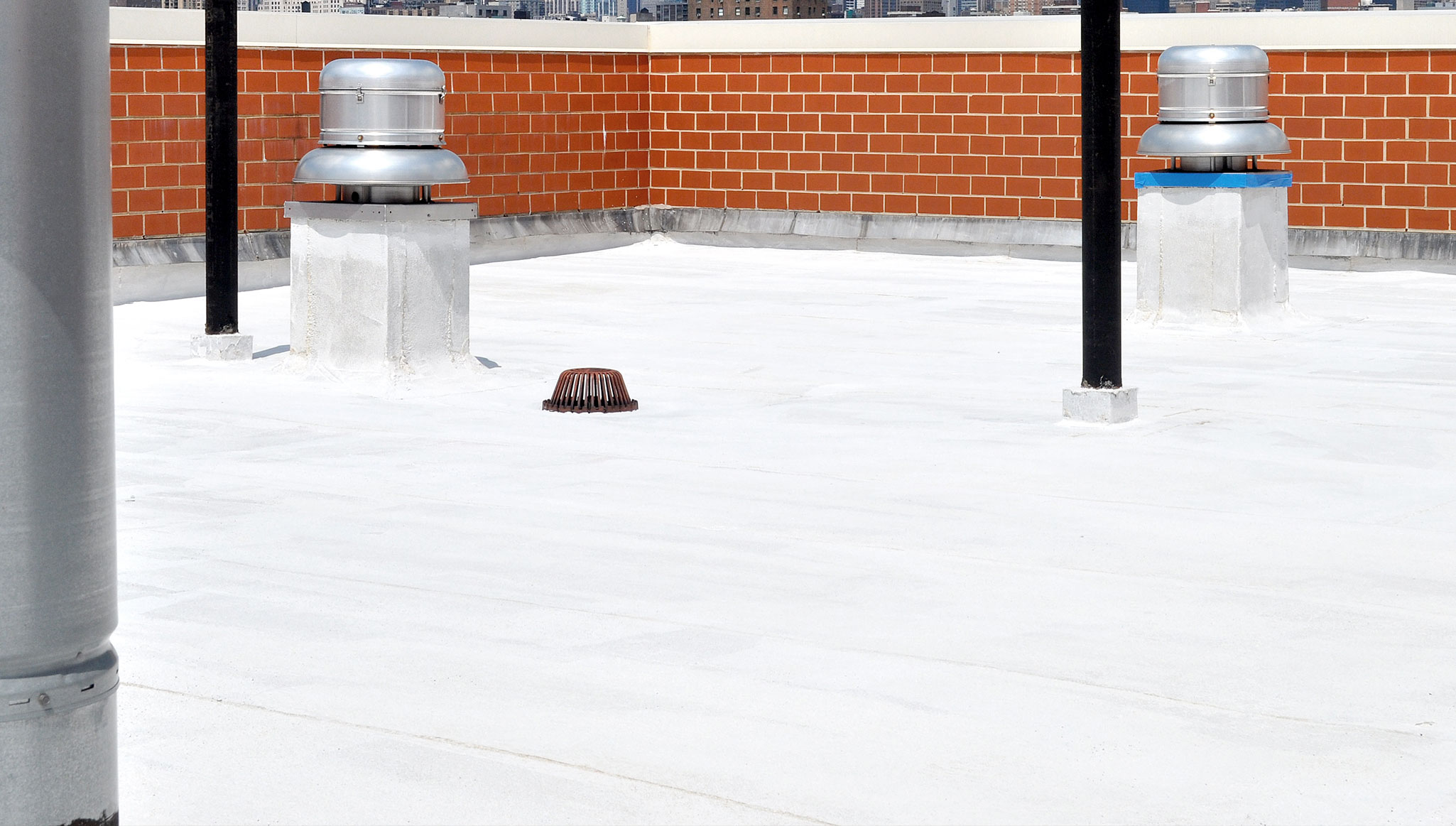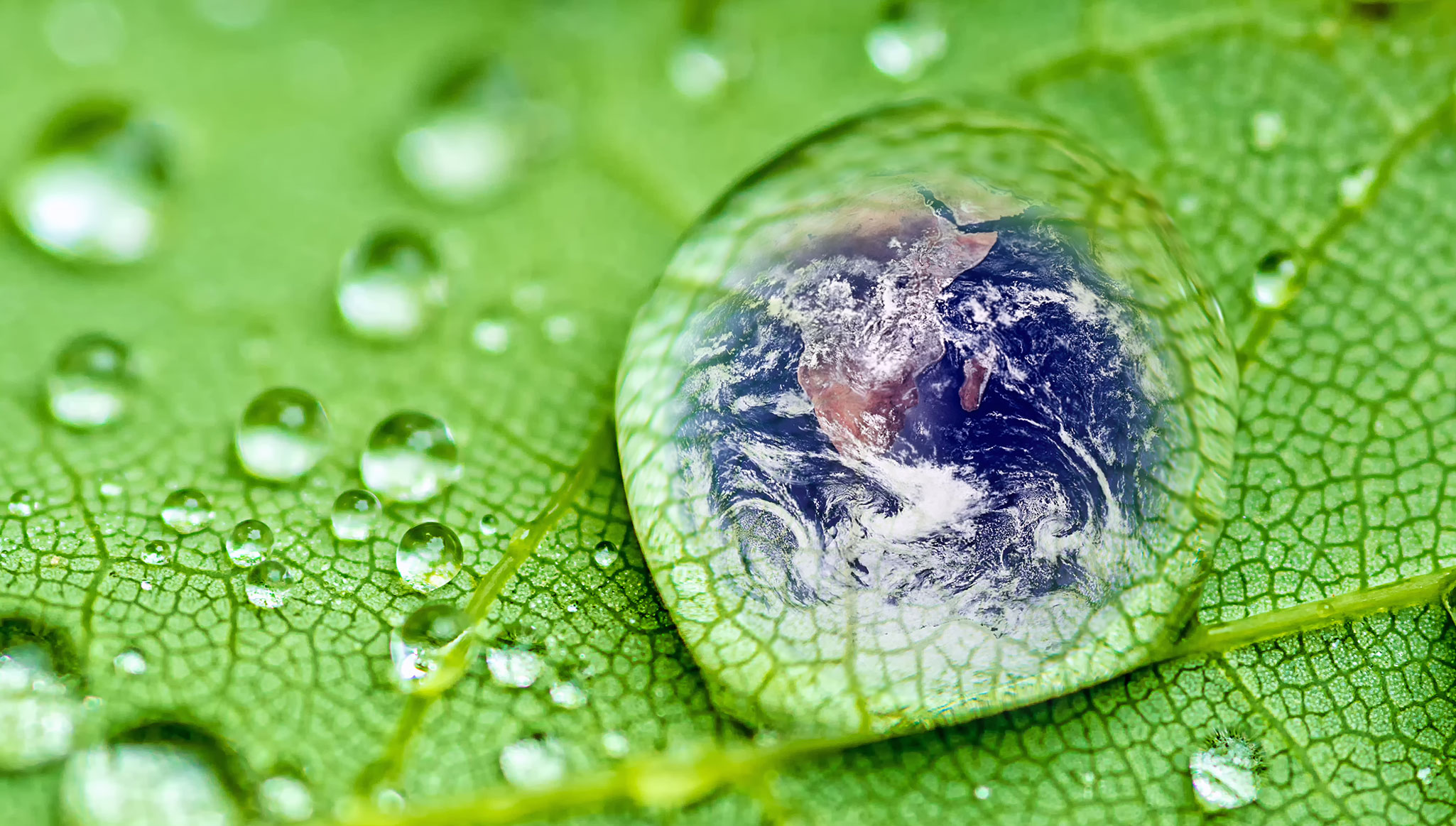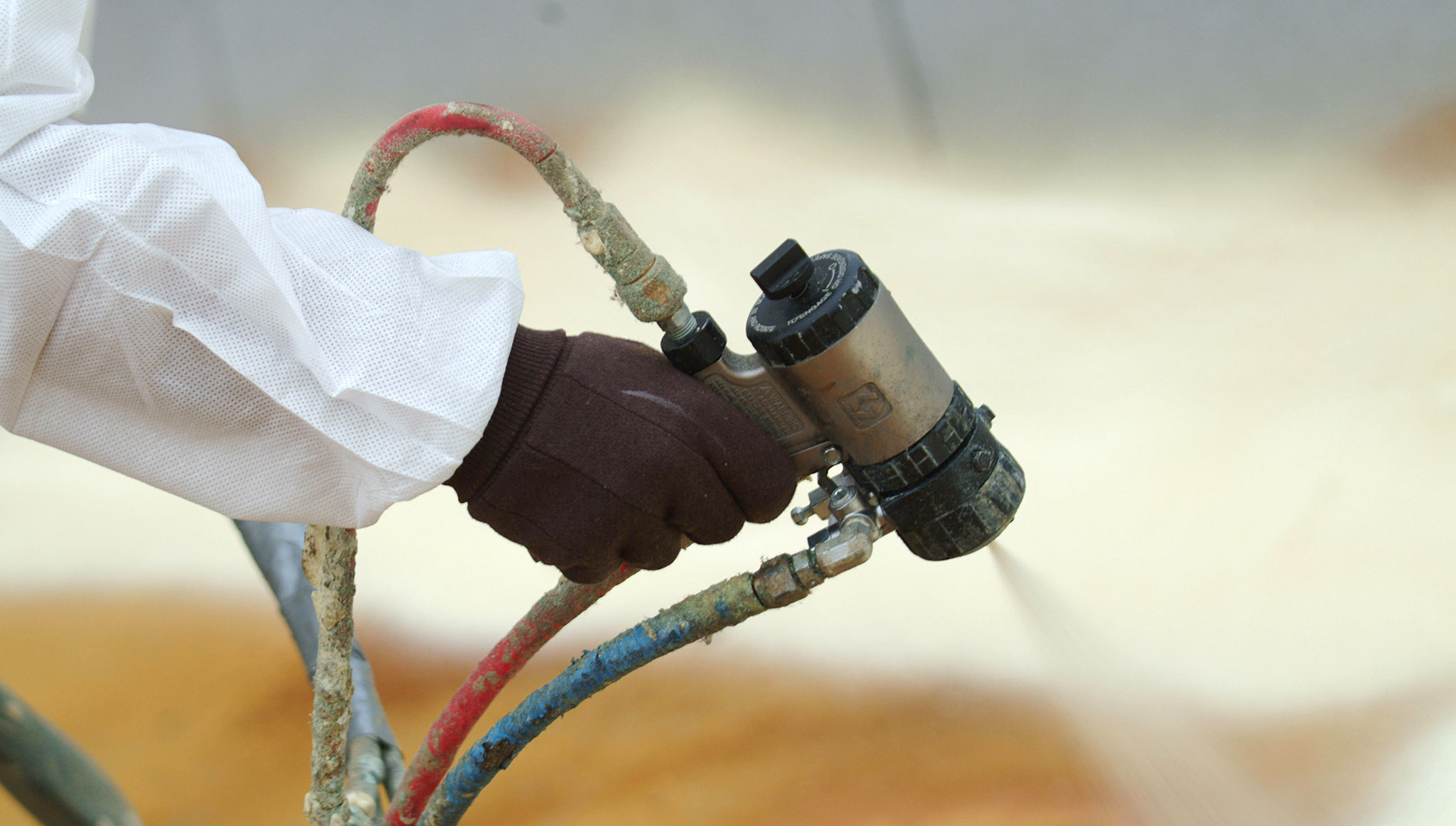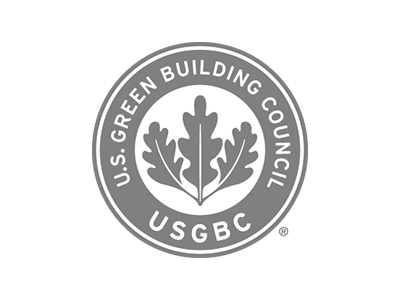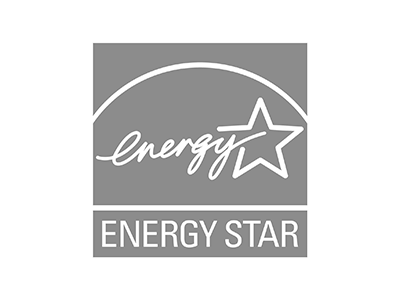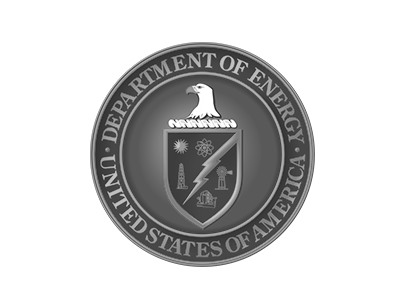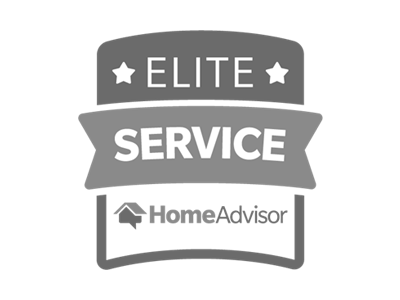Rely on the Building Science Experts
Cool roofs can save money several ways, including energy savings, rebates and incentives, HVAC equipment downsizing, and extended roof lifetime.LET. US. HELP.
Energy Star® Cool Roof Coatings in
Americans spend about $40 billion annually to air condition buildings - sixth of all electricity generated in this country.
A cool roof is one that has been designed to reflect more sunlight and absorb less heat than a standard roof. Cool roofs can be made of a highly reflective type of paint, a sheet covering, or highly reflective tiles or shingles. Nearly any type of building can benefit from a cool roof, but consider the climate and other factors before deciding to install one.
Just as wearing light-colored clothing can help keep you cool on a sunny day, cool roofs material that is designed to reflect more sunlight and absorb less heat than a standard roof. Cool roofs can be made of a highly reflective type of paint, a sheet covering, or highly reflective tiles or shingles. Standard or dark roofs can reach temperatures of 150°F or more in the summer sun. A cool roof under the same conditions could stay more than 50°F cooler and save energy and money by using less air conditioning.
Benefits of Cool Roofs
U.S. Department of EnergyLearn how switching to a cool roof can save you money and benefit the environment
A cool roof can benefit a building and its occupants by:
- Reducing energy bills by decreasing air conditioning needs
- Improving indoor comfort for spaces that are not air conditioned, such as garages or covered patios
- Decreasing roof temperature, which may extend roof service life
Beyond the building itself, cool roofs can also benefit the environment, especially when many buildings in a community have them. Cool roofs can:
- Reduce local air temperatures (sometimes referred to as the urban heat island effect)
- Lower peak electricity demand, which can help prevent power outages
- Reduce power plant emissions, including carbon dioxide, sulfur dioxide, nitrous oxides, and mercury, by reducing cooling energy use in buildings.
Cool Roofs Explained

Cool Roof's reflect the sun's energy from your roof
A high solar reflectance (albedo) is the most important characteristic of a cool roof as it helps to reflect sunlight and heat away from a building, reducing roof temperatures. A high thermal emittance also plays a role, particularly in climates that are warm and sunny. Together, these properties help roofs to absorb less heat and stay up to 50-60°F (28-33°C) cooler than conventional materials during peak summer weather.
Building owners and roofing contractors have used cool roofing products for more than 30 years on commercial, industrial, and residential buildings. They may be installed on low-slope roofs (such as the flat or gently sloping roofs typically found on commercial, industrial, and office buildings) or the steep-sloped roofs used in many residences and retail buildings.
Through the ENERGY STAR program, EPA and the Department of Energy (DOE) help consumers and other purchasers identify the most energy-efficient roofing products. Roofing materials with the ENERGY STAR label have met minimum solar reflectance and reliability criteria.
Based on 2016 data from more than 150 ENERGY STAR partners, shipments of cool roof products have grown to represent more than 25 percent of these manufacturers' commercial roof products and roughly 10 percent of their residential roof products.
Cool Roofs Benefit and Costs

Cool Roofs Save a Lot of Money
Cool roofs provide a number of benefits beyond urban heat island mitigation, including:
- ENERGY STAR®: qualified roof products reflect more of the sun's rays. This can lower roof surface temperature by up to 100F, decreasing the amount of heat transferred into a building.
- ENERGY STAR®: qualified roof products can help reduce the amount of air conditioning needed in buildings, and can reduce peak cooling demand by 10-15 percent.
- Although there are inherent benefits in the use of reflective roofing, before selecting a roofing product based on expected energy savings consumers should explore the expected calculated results that can be found on the Department of Energy's 'Roof Savings Calculator' website at rsc.ornl.gov. (opens in new tab)
- Please remember: the Energy Savings that can be achieved with reflective roofing is highly dependent on facility design, insulation used, climatic conditions, building location, and building envelope efficiency.
Cool roofs deflect some desired heat gain during the winter. In general, though, cool roofs result in net energy savings, especially in areas where electricity prices are high.
Although costs will vary greatly depending on location and local circumstances, cool roof coatings on a low-slope roof might cost $0.75 - $1.50 per square foot, while single-ply cool roof membrane costs vary from $1.50 - $3.00 per square foot. The cost premium for cool roofs versus conventional roofing materials ranges from zero to 5 or 10 cents per square foot for most products, or from 10 - 20 cents for a built-up roof with a cool coating used in place of smooth asphalt or aluminum coating.
A California study found that cool roofs provide an average yearly net savings of almost 50 cents per square foot. This number includes the price premium for cool roofing products and increased heating costs in the winter as well as summertime energy savings, savings from downsizing cooling equipment, and reduced labor and material costs over time due to the longer life of cool roofs compared with conventional roofs.
Learn about Solar Reflectance on the next page
There is also a great video showing the before and after temperature of a new cool roof Read MoreWE DO MORE THAN JUST SPRAY FOAM

- Fans, Ducts, And Controls - We install bath fans, attic/gable fans and crawl fans w/ humidistat/thermostat controls. Ductwork for bath fans and kitchen hoods, with roof jacks/caps. Helping to get out any of the kinks in your ventilation.
- Cleaning and Pest Control - We clean out crawl spaces. Sanitize from rodent pheromones, perform exclusion work to block rodent entry, build new access hatches etc.
- Draining Issues - We can help with drainage and water mitigation issues. Sump pumps in crawls/basements, along with french drains in and out of crawls.


